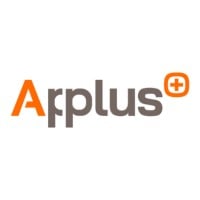
Applus+
Applus+ is a worldwide leader in the testing, inspection, and certification sector. We are a trusted partner, enhancing the quality and safety of our clients’ assets and infrastructures while safeguarding their operations and improving their environmental performance. Our innovative approach, technical capabilities and highly-skilled and motivated workforce of over 25,000 employees assure operational excellence across multiple sectors in more than 65 countries. We offer a complete portfolio of solutions that address a range of needs, from asset integrity management to statutory compliance-based inspections. We place a strong emphasis on technological development, digitalisation and innovation, as well as having the latest knowledge of regulatory requirements.






